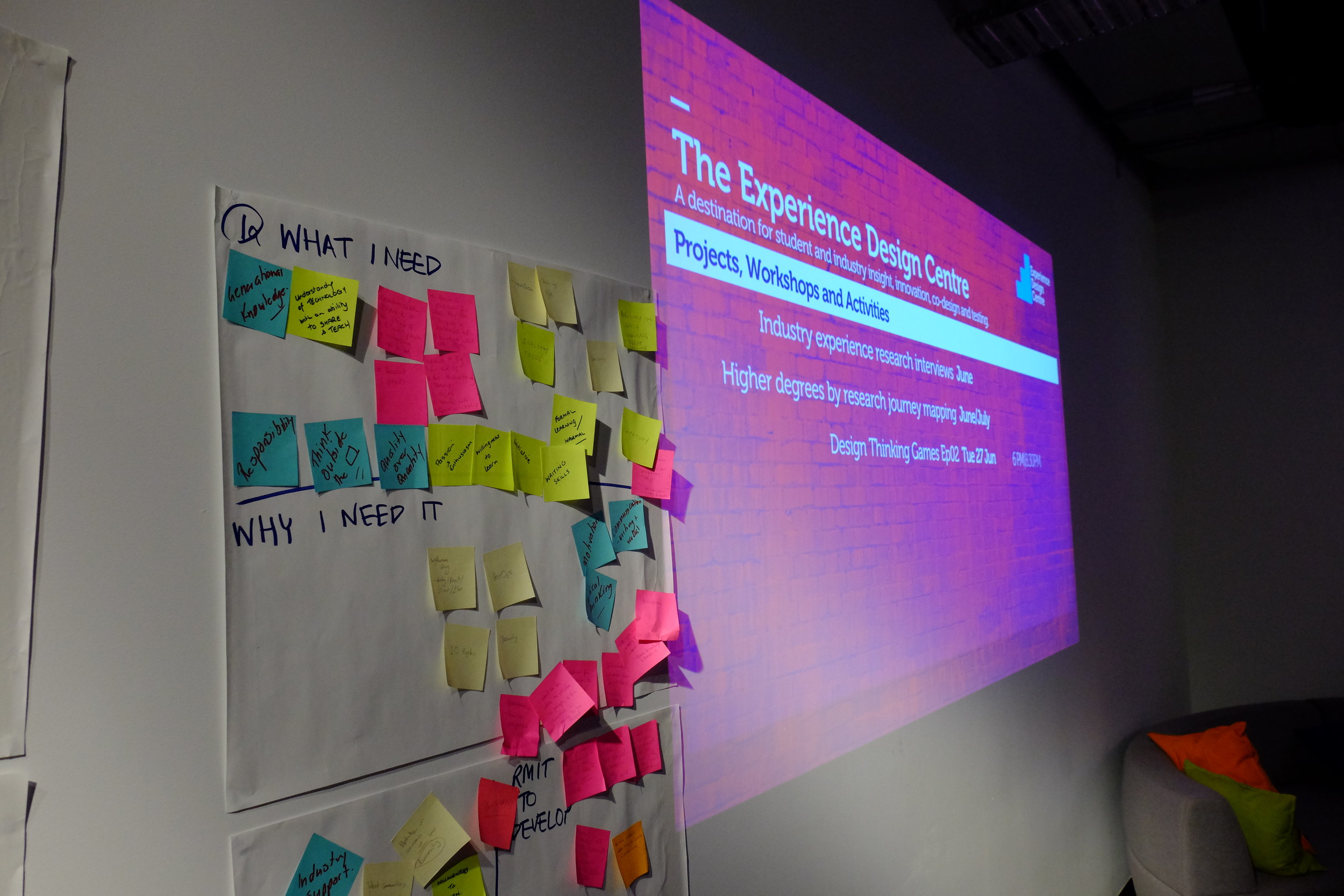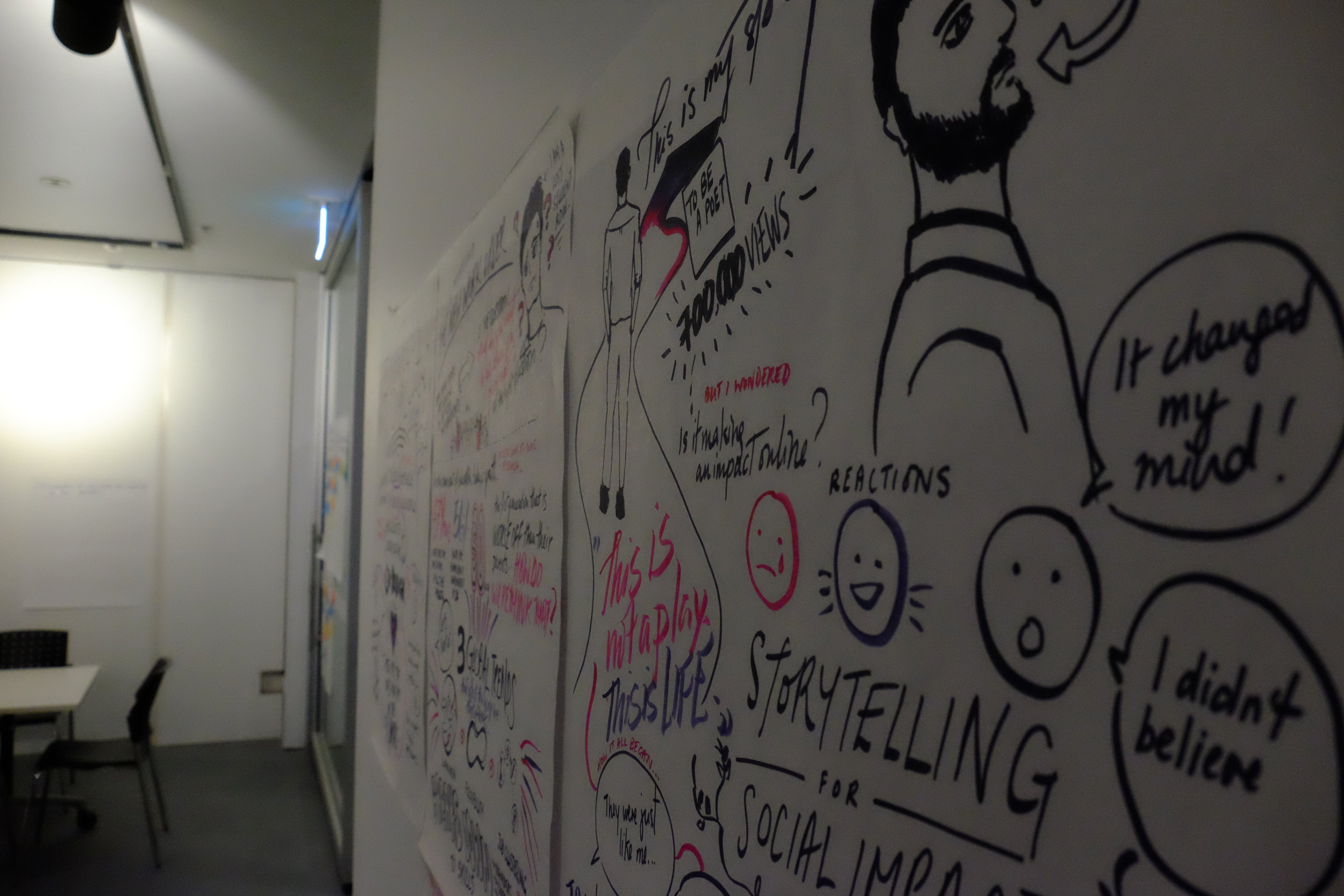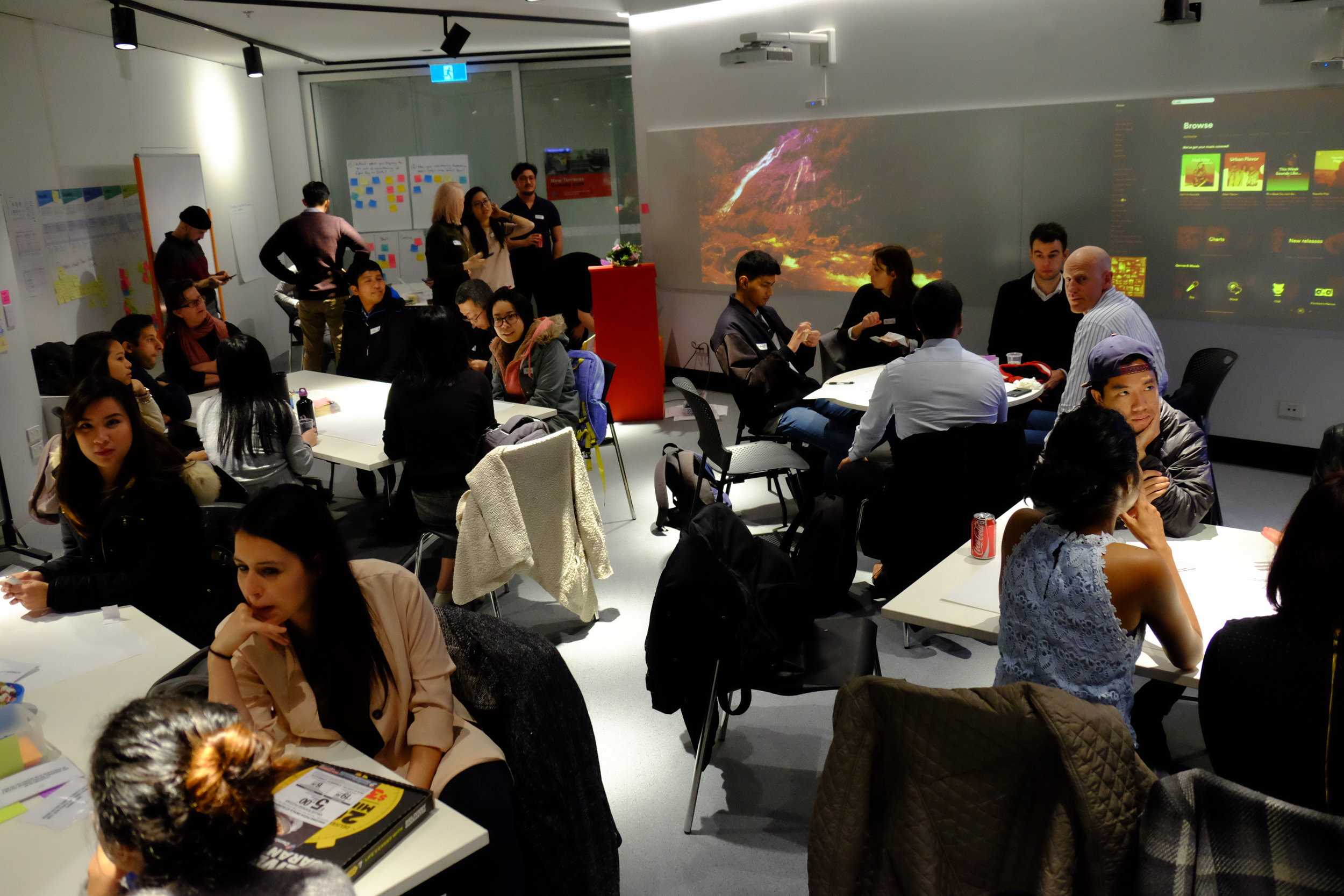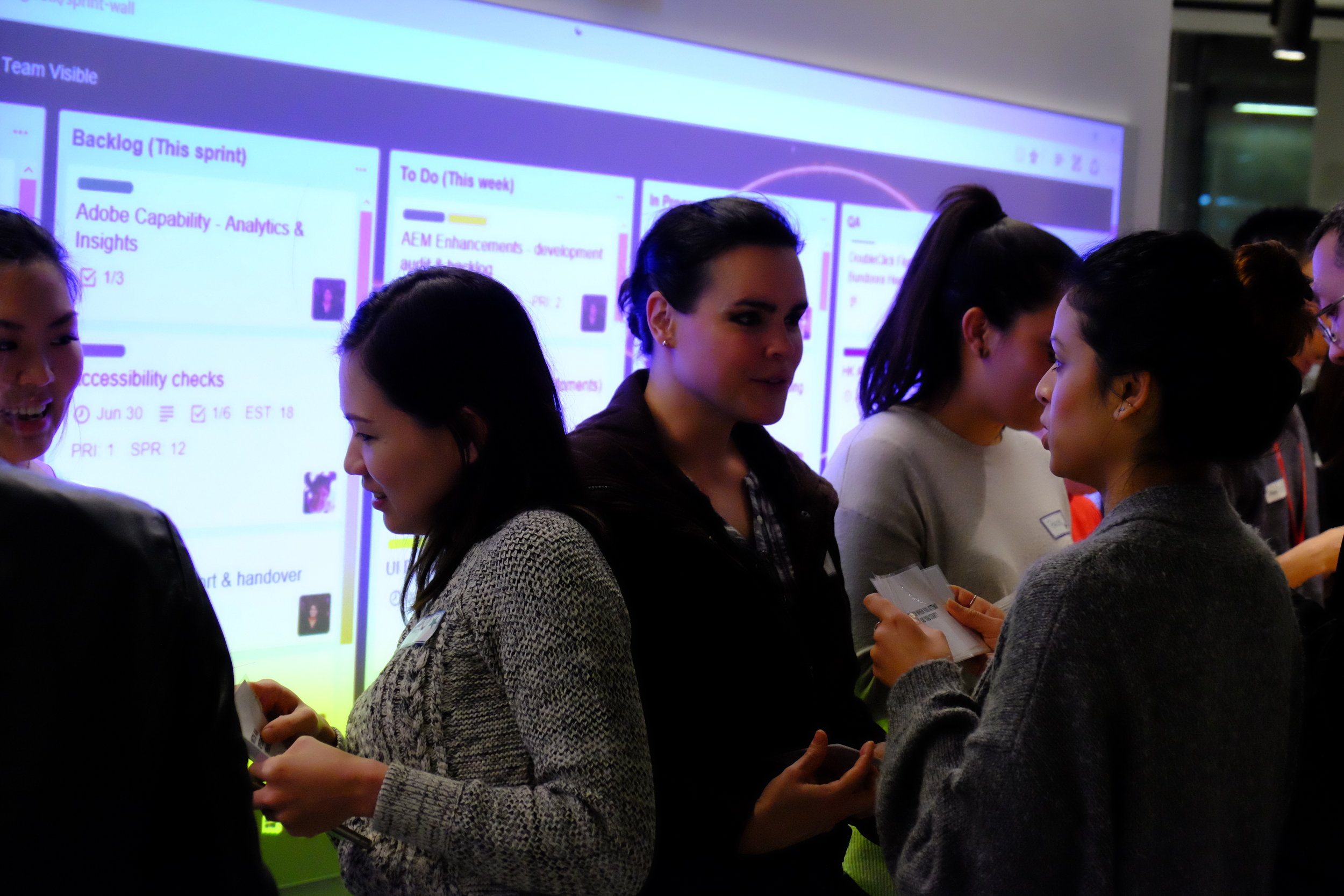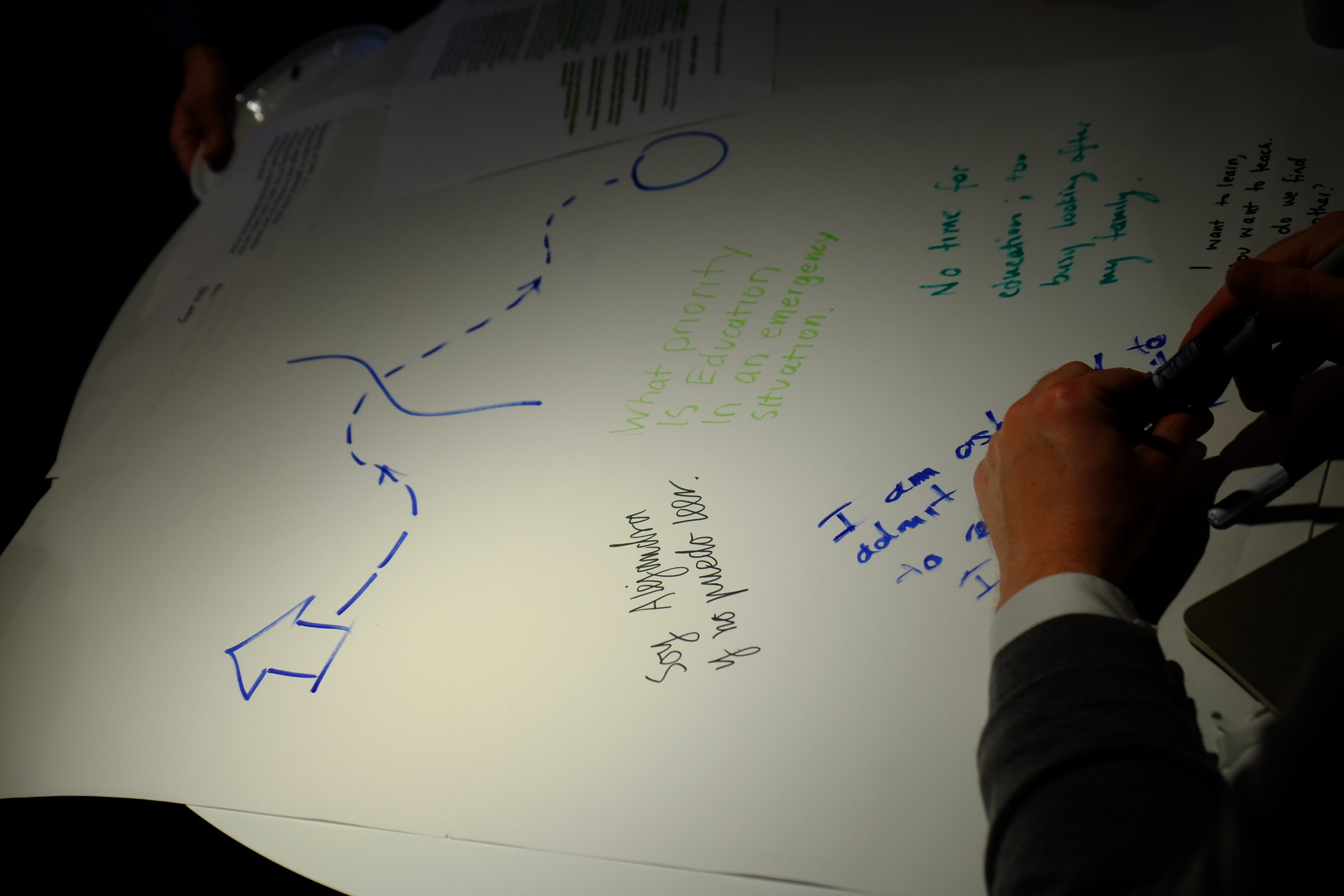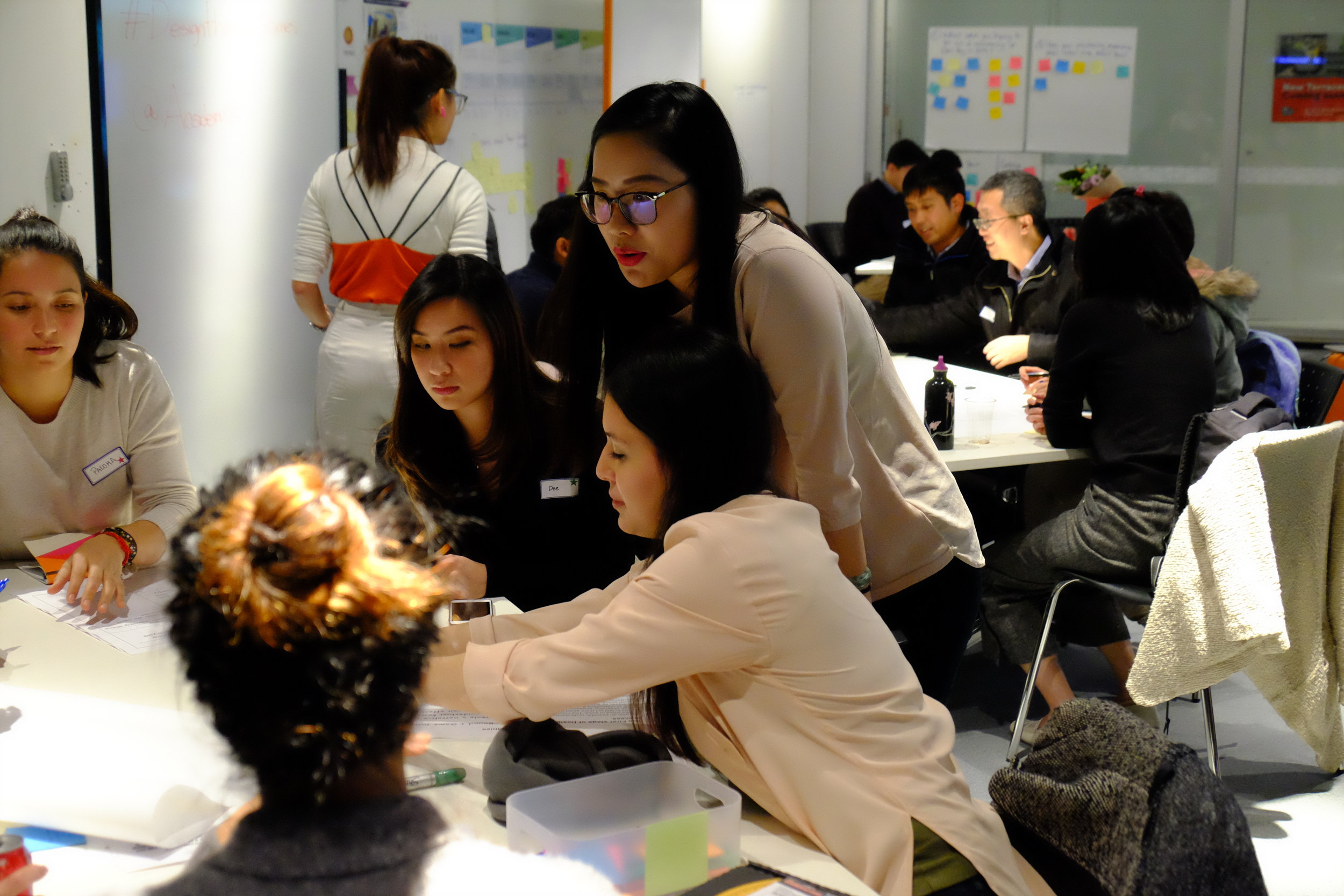Improve Education Outcomes for Children in Emergency Situations
The Challenge
How might we improve educational outcomes for children and youth - particularly girls - in emergency situations?
Emergency situations are currently disrupting the education of more than 75 million children across 35 countries.
The Outcome
Our agenda was to
help us empathise with children in emergency situations
define the problem statements
Games and scenarios were created with the Design Thinking process in mind to invoke empathy. We want to experience emergency situations in the shoes of a young child who has zero control.
Why Design Thinking?
Approaching this challenge with human-centred lens, we are able to consciously place ourselves to familiarise with a situation that is affecting more than 75 million children.
Many of us believe that education is a basic human right. However, in regions of conflict, children are displaced every other day.
We want to use Design Thinking to look for fresh perspectives to understand and seek opportunities that can help these children.
Education instills knowledge and equip skills to help our children survive
Through creating provocations and scenarios, we are able to empathise with the unimaginable of not just interruptions in education, but also looking for ways to stay alive.
Special thanks to our sponsors RMIT Experience Design Centre & Academy Xi for kindly providing the venue, food and drinks.
Photo Credit: Benny Ko
